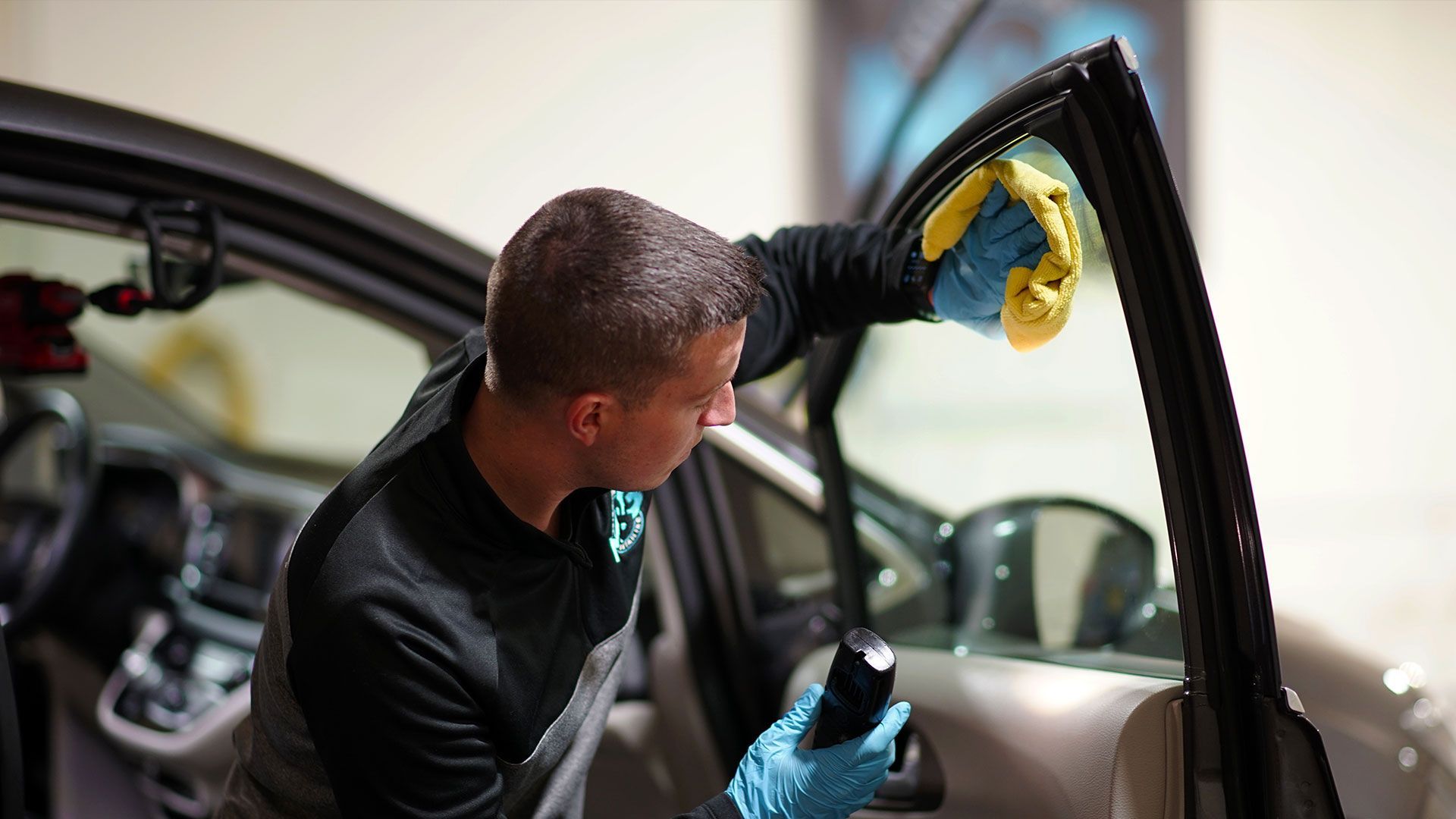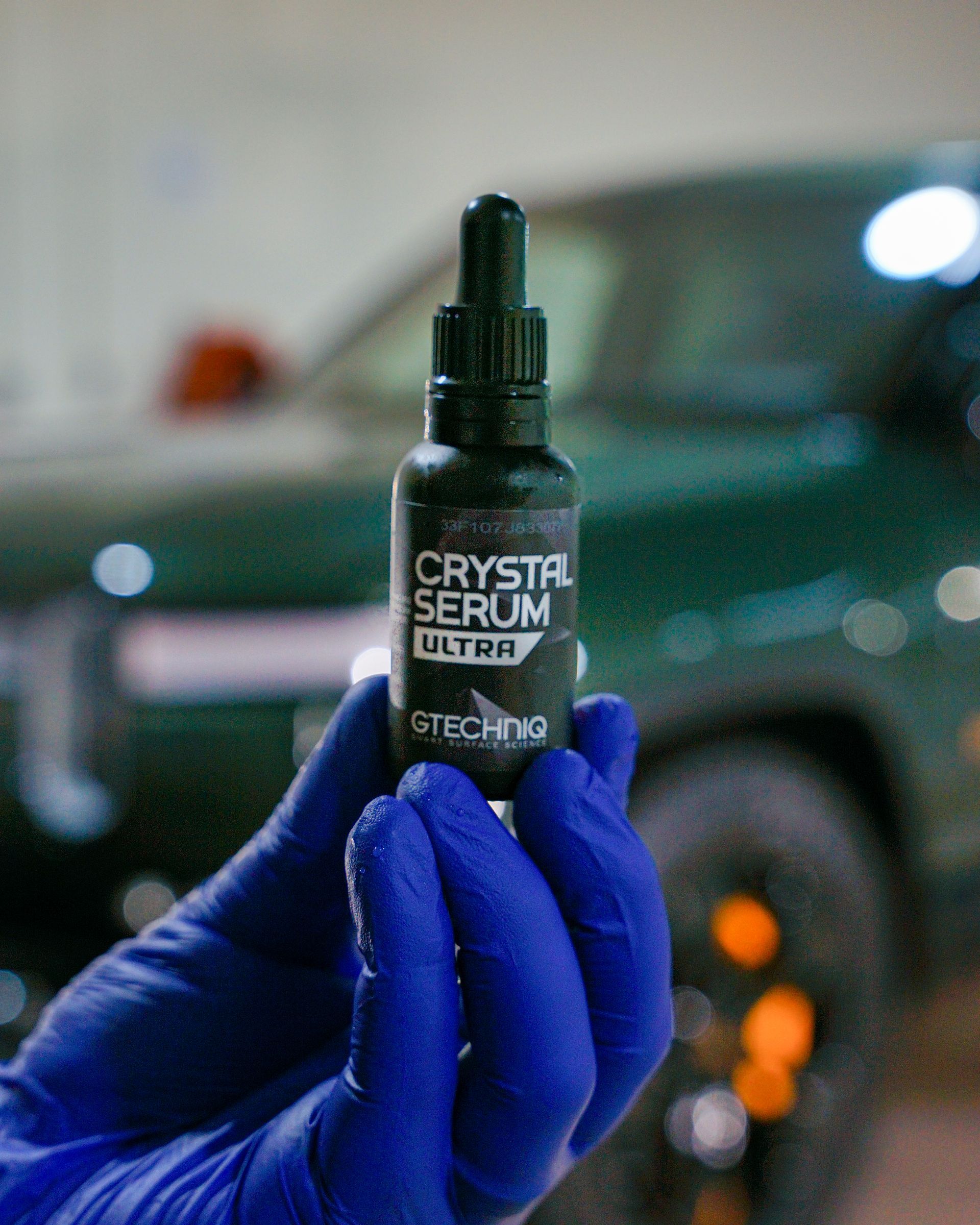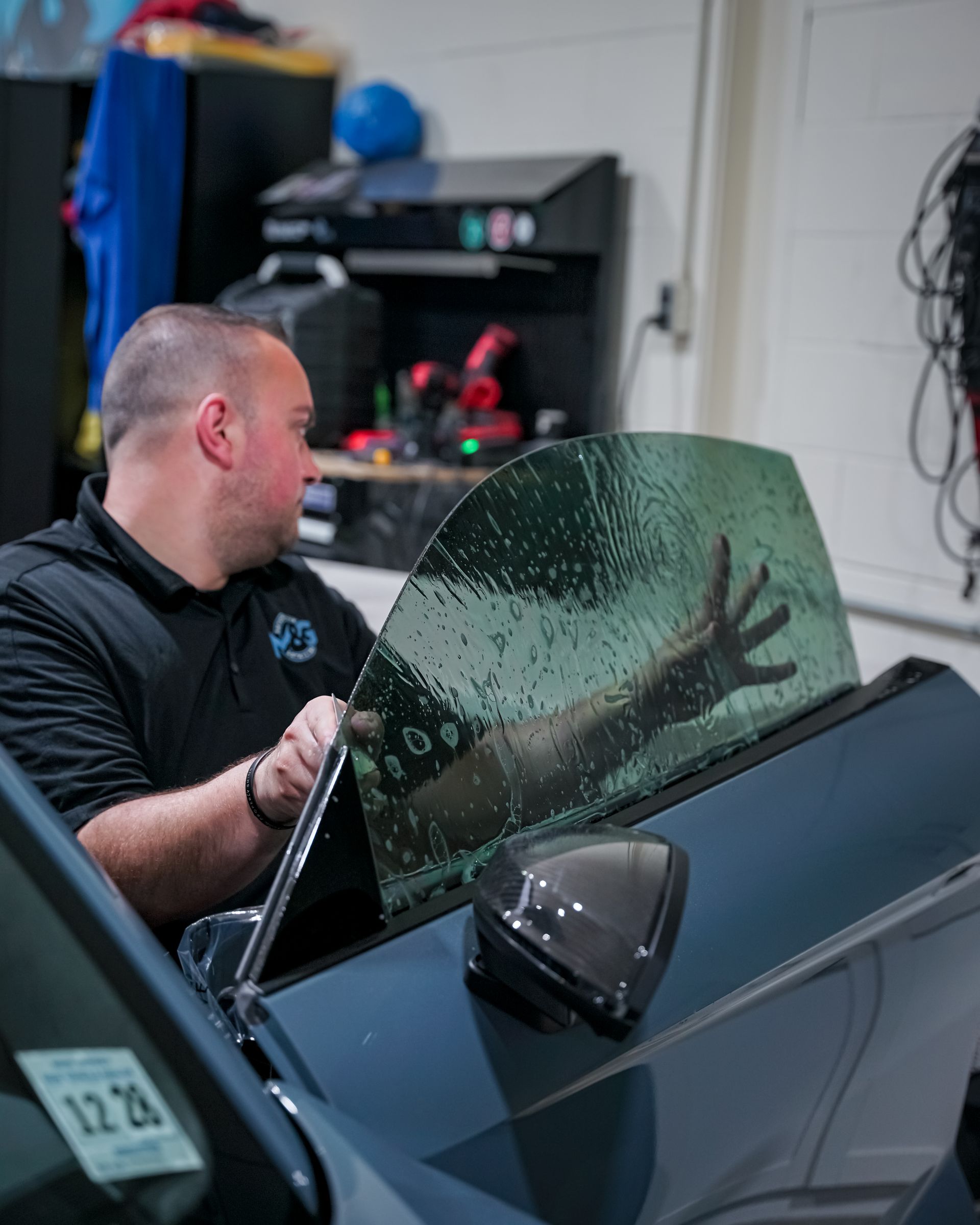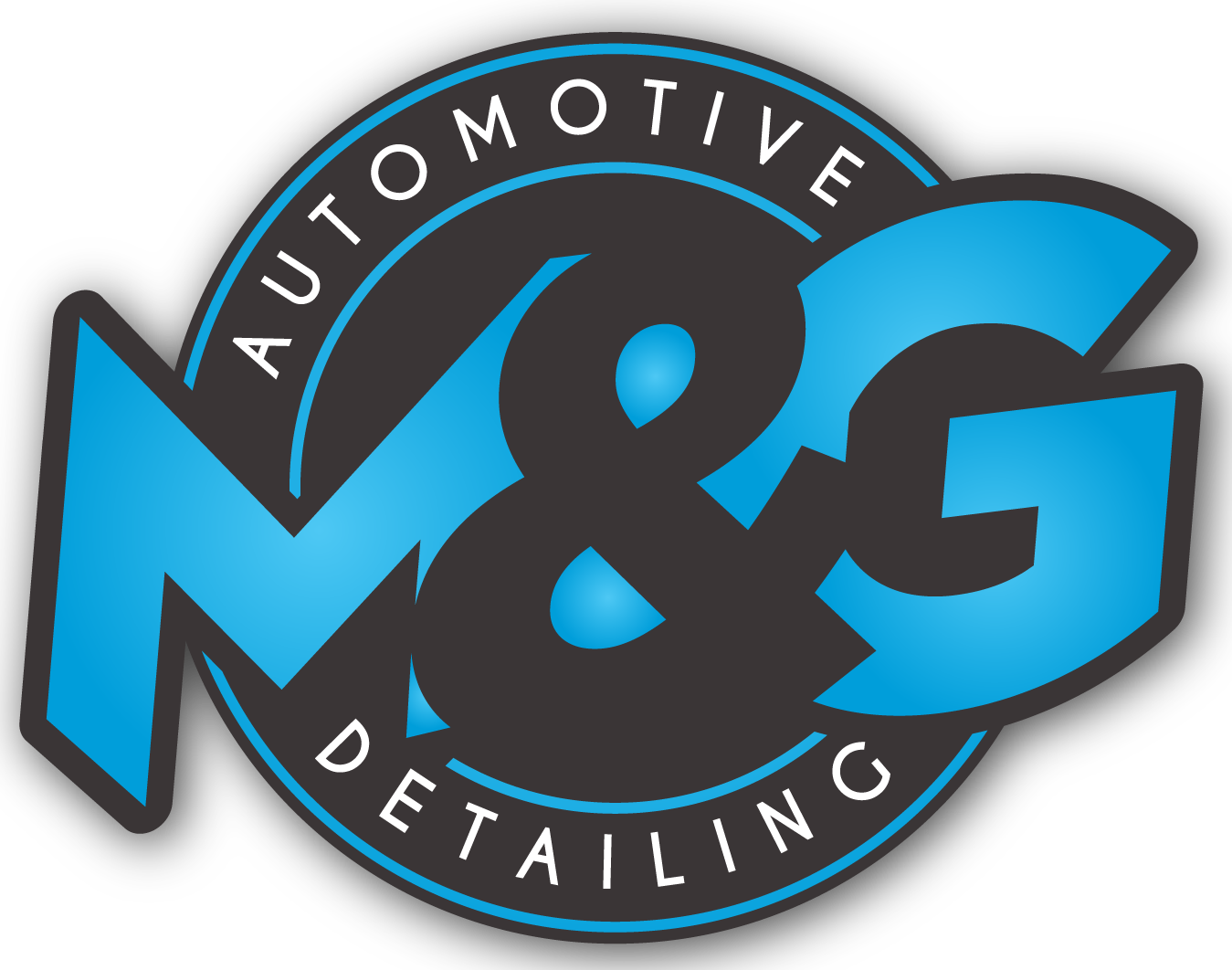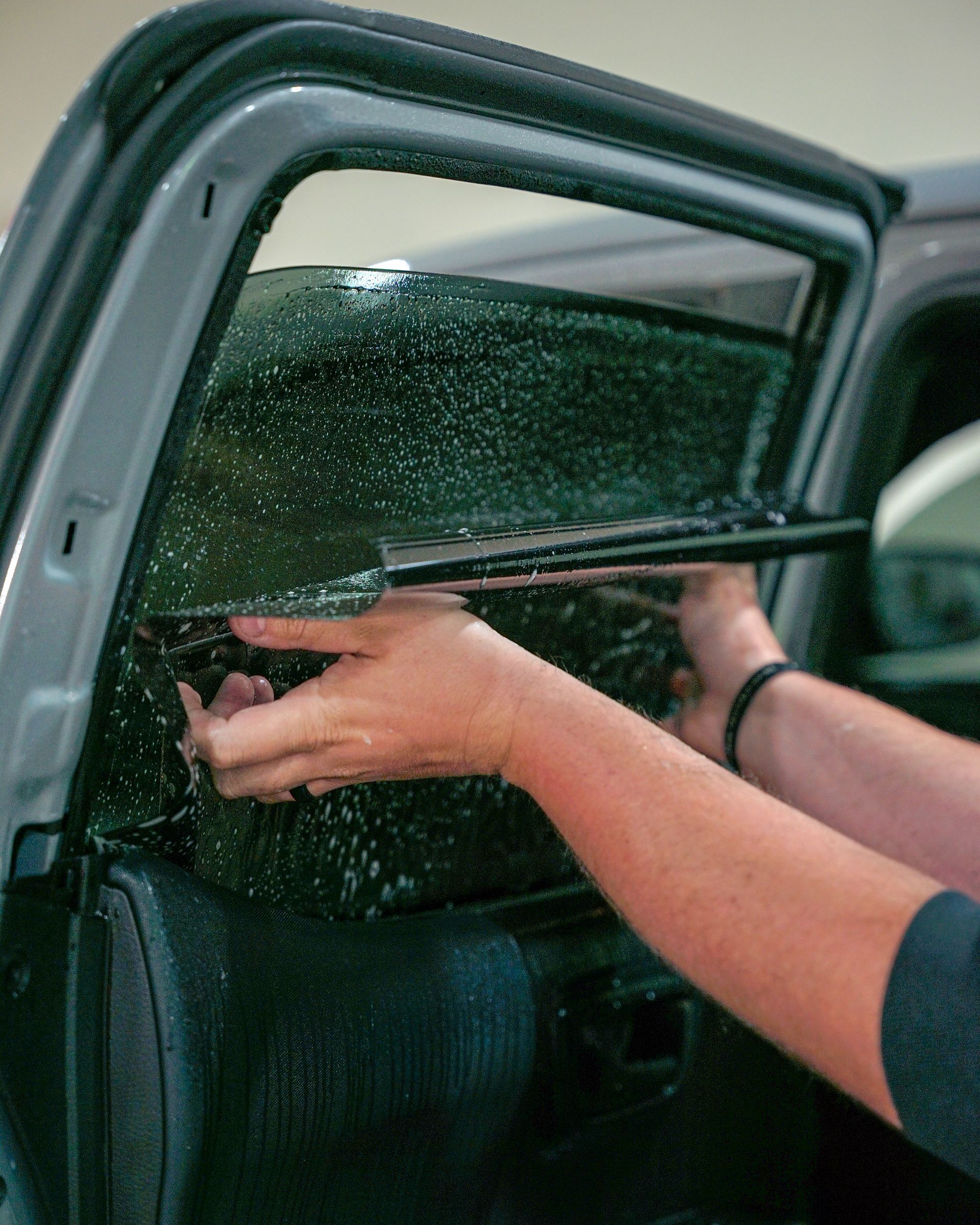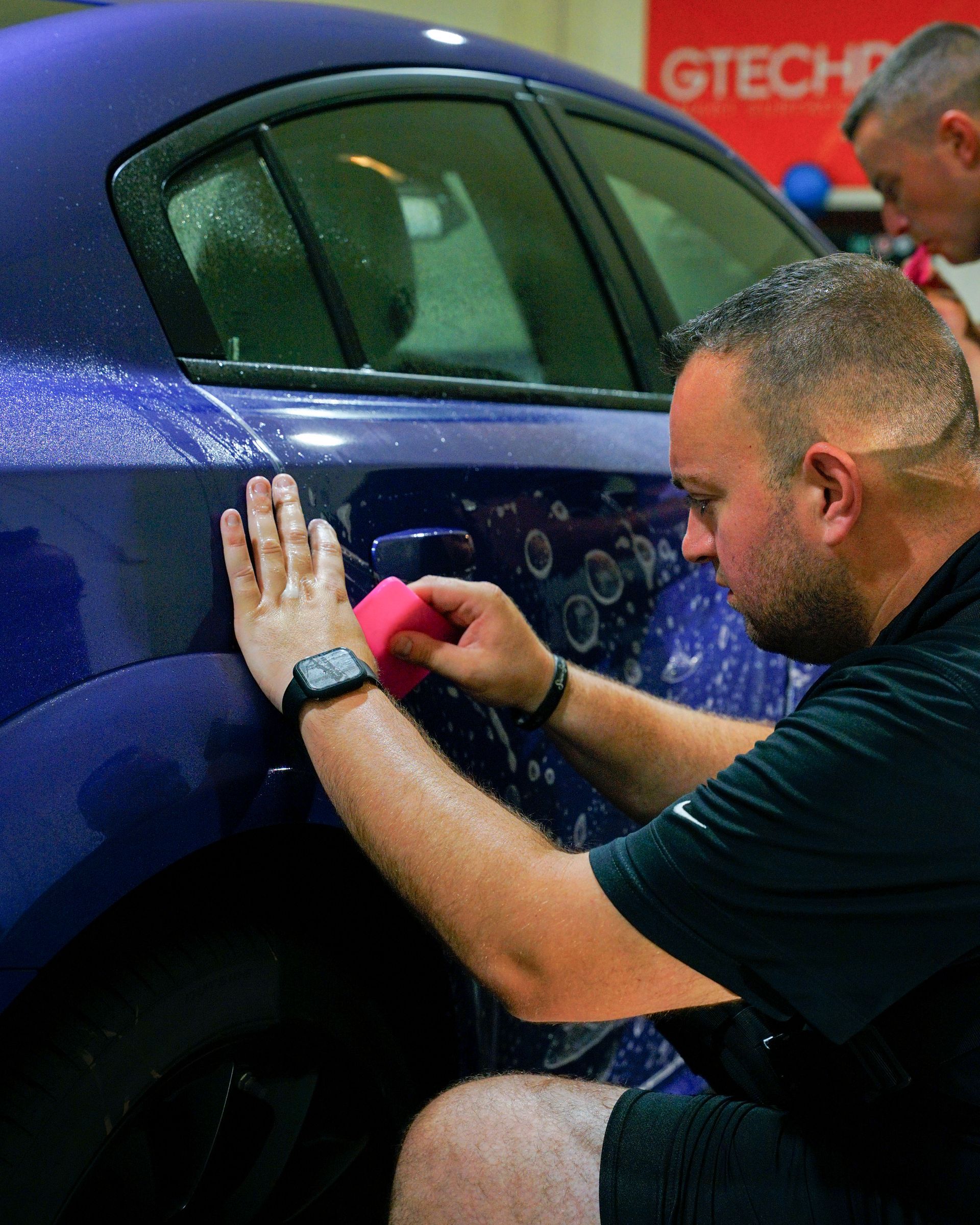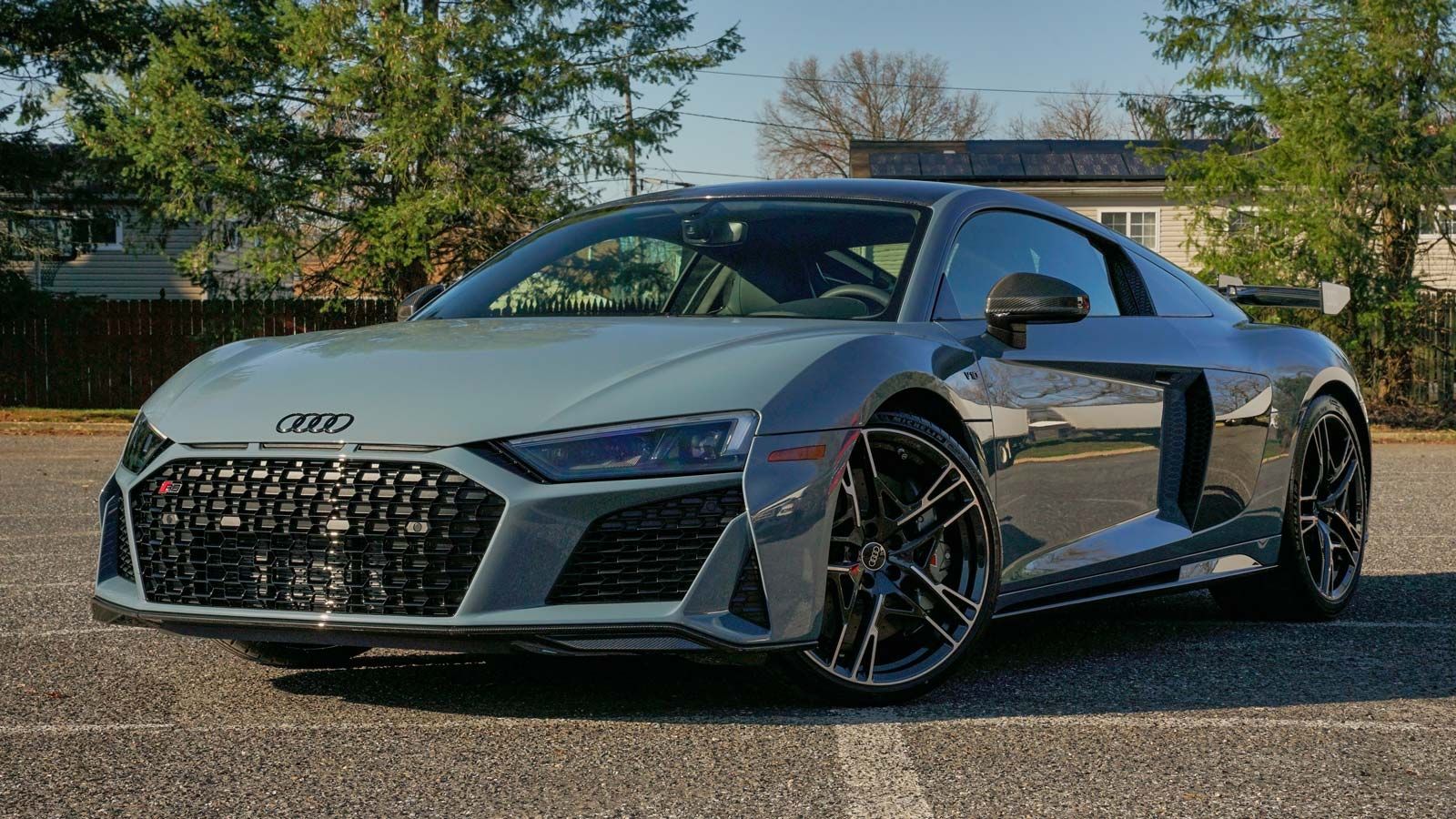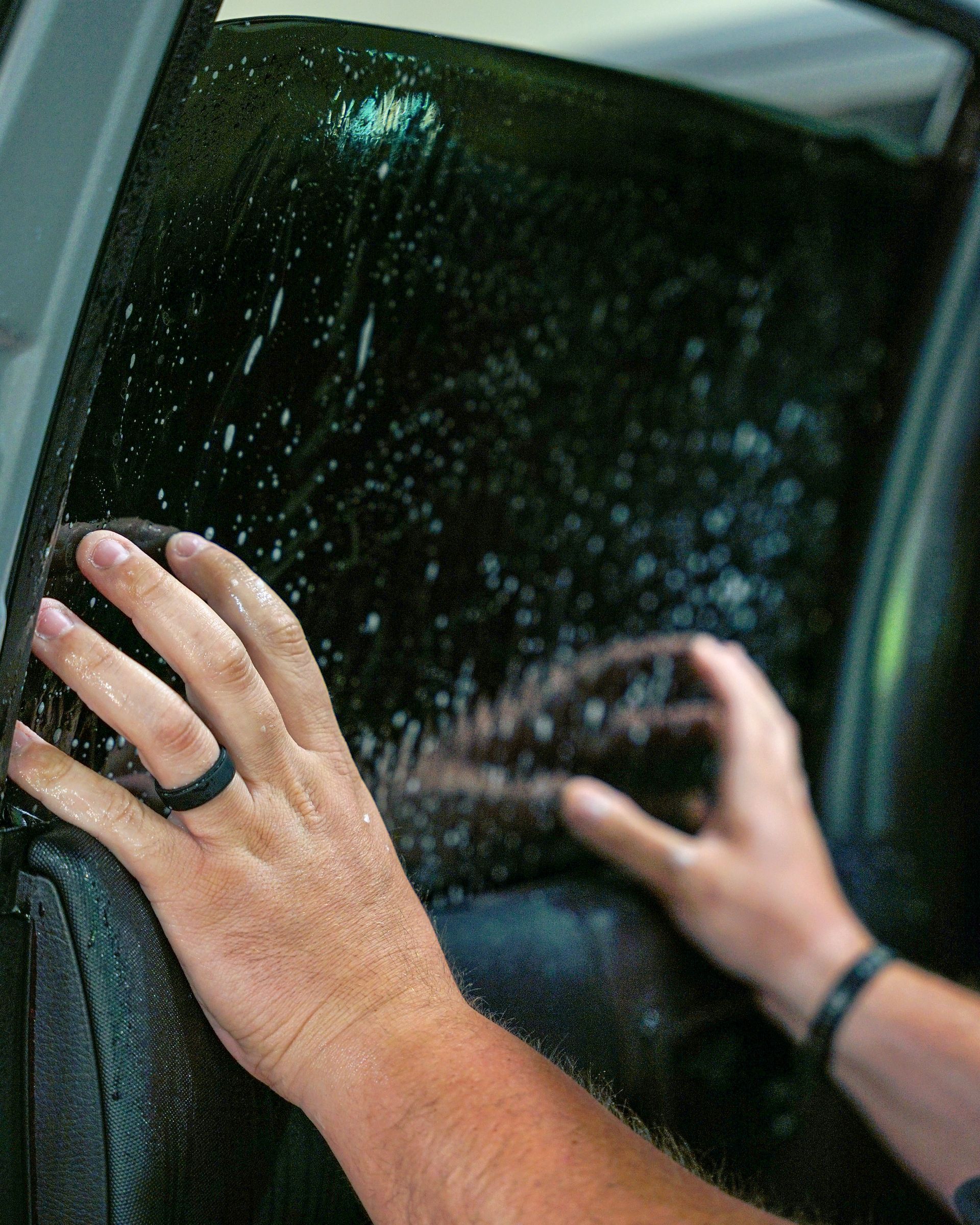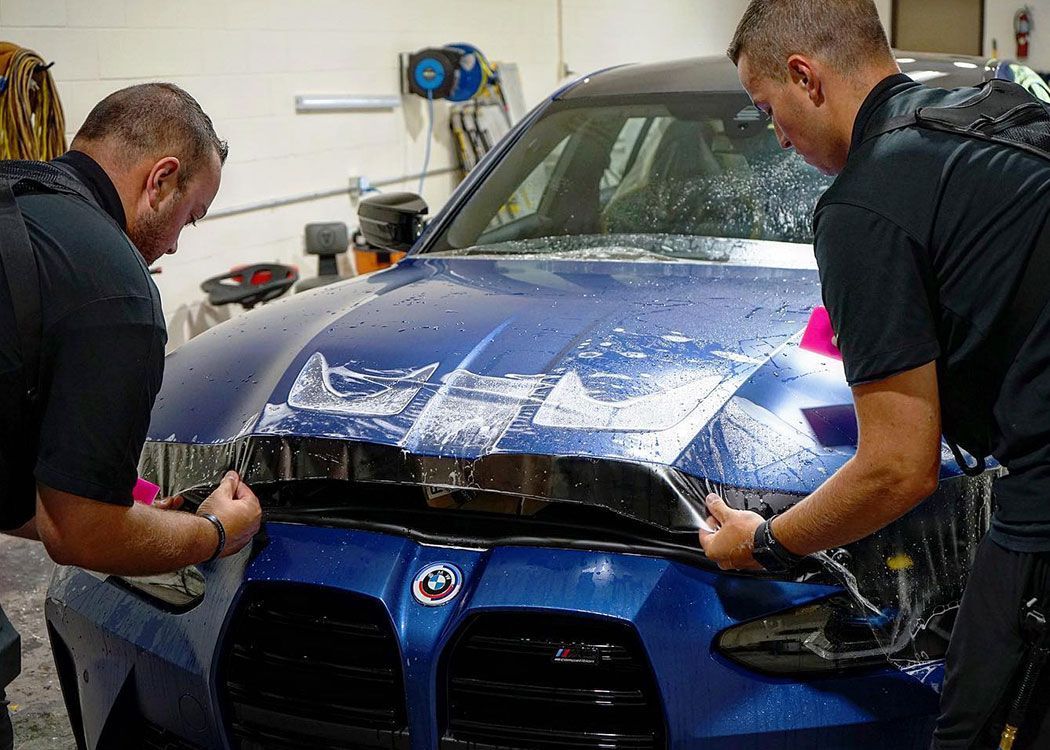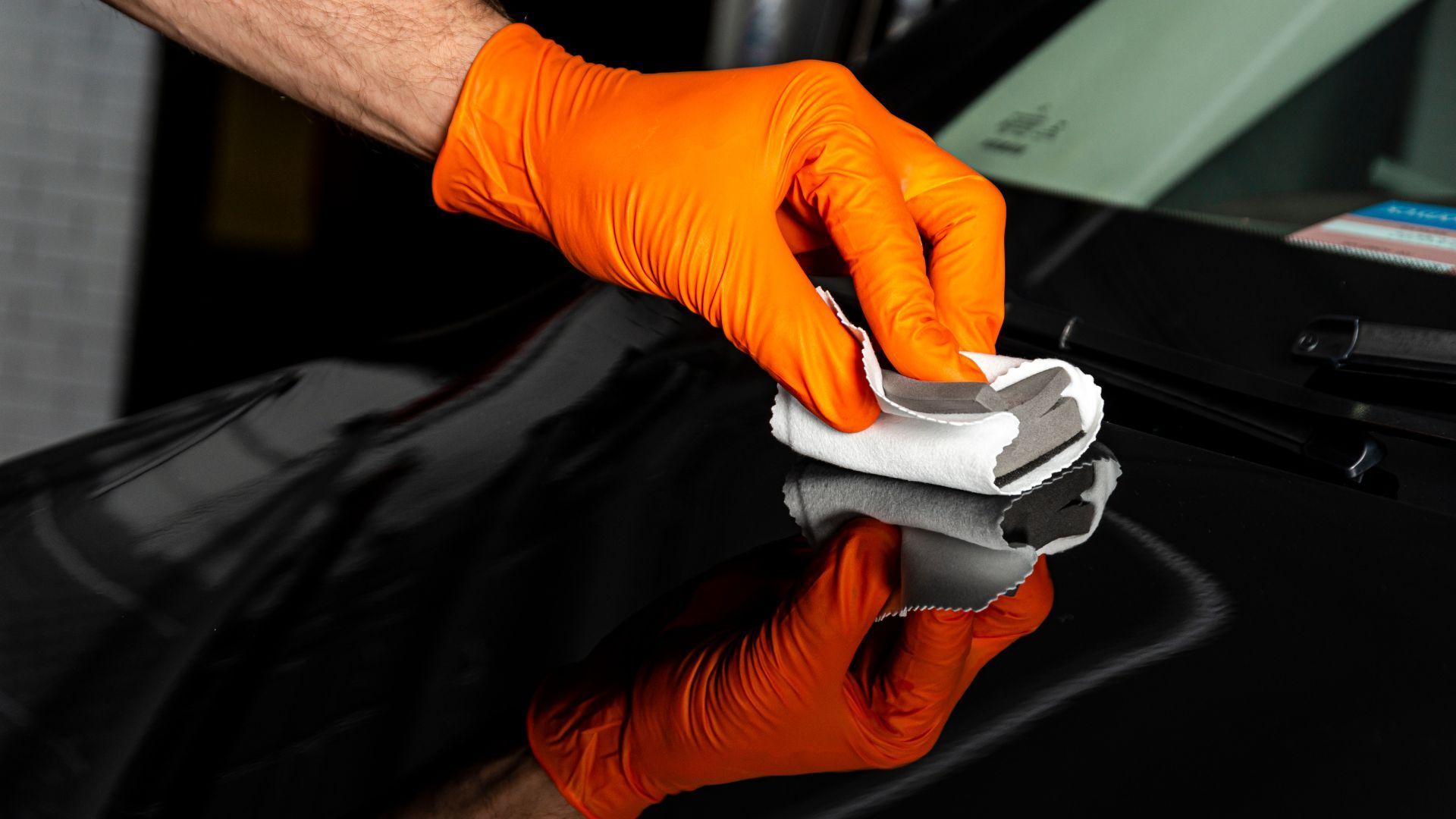The Importance of PPF for High-Performance Cars in Mount Laurel, NJ
Choosing not to upgrade your high-performance car with a paint protection film (PPF) can be like training for a marathon without running shoes; it's doable but certainly not advisable. In an area like Mount Laurel, NJ, where the combination of weather elements and road conditions can wear on your vehicle, PPF is key to preserving your prized possession's dazzle. Uncover why this breakthrough technology is now considered a crucial component for luxury automobiles and gain insights into how you can maintain its high-grade finish.
Paint protection film (PPF) is essential for high-performance cars in Mount Laurel, NJ, due to its ability to safeguard the vehicle's exterior paint from road debris, rocks, and other potential damage. PPF not only preserves the car's aesthetic appeal but also helps maintain its resale value.
Paint Protection Film (PPF): An Overview
When it comes to ensuring the longevity and pristine appearance of high-performance cars, paint protection film (PPF) has become an invaluable asset. This innovative film acts as a shield, providing a layer of protection against the wear and tear of everyday driving. By guarding against scratches, stone chips, and other forms of damage, PPF preserves your car's original paintwork and enhances its resale value. But what exactly is PPF? Let's dive into the details.
Paint protection film, also known as clear bra, is a clear thermoplastic urethane film that adheres directly to the surface of your vehicle. Its main purpose is to create a barrier between the exterior elements and the car's paint, safeguarding it from potential damage. The film is virtually invisible when properly installed, allowing the beauty of the vehicle's original color and finish to shine through.
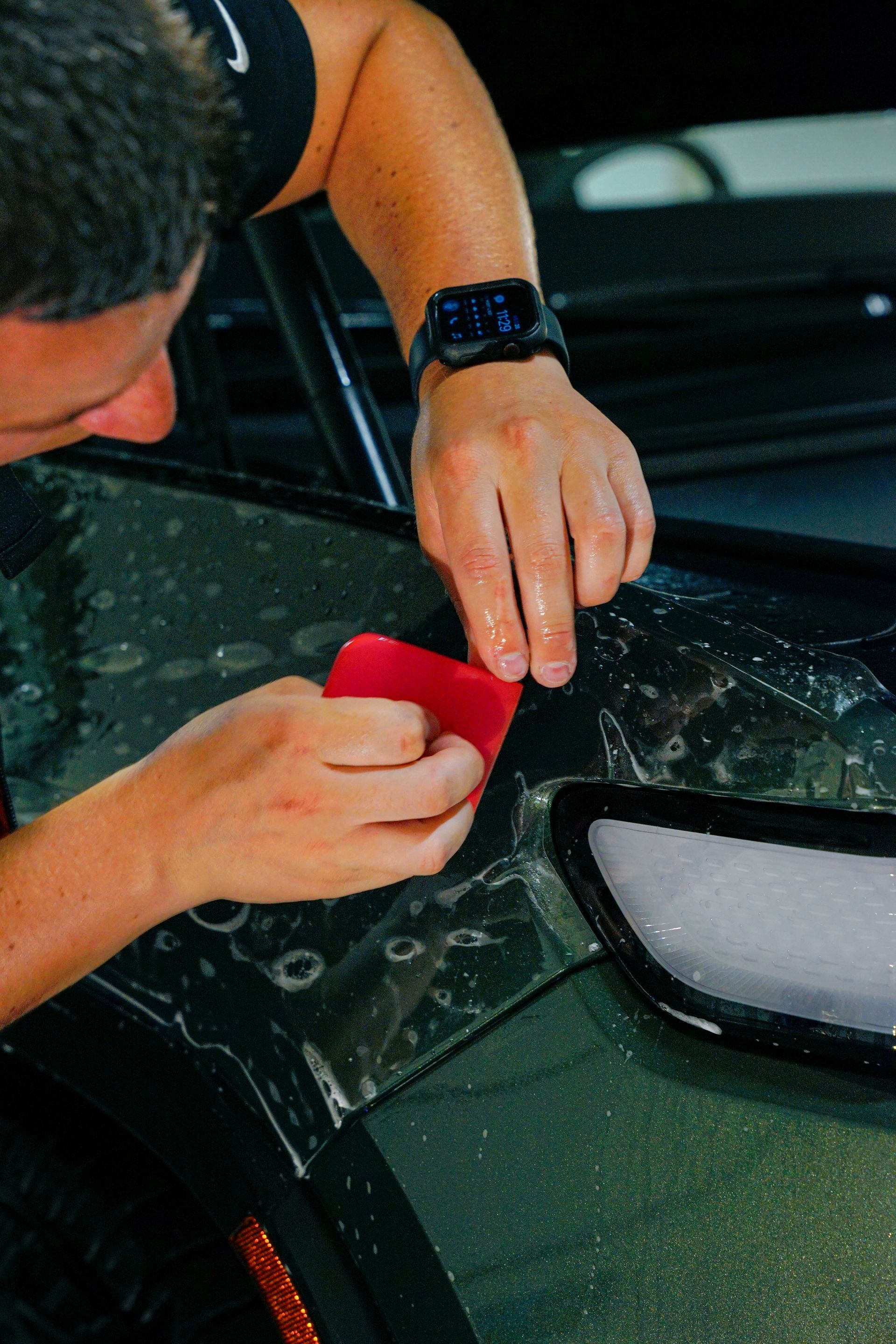
Definition and Applications
The applications of paint protection film extend far beyond high-performance cars; they encompass all types of vehicles seeking long-term protection. From luxury sedans to SUVs and even motorcycles, PPF can be applied to any painted surface prone to damage. However, it is particularly crucial for high-performance cars in Mount Laurel, NJ. These vehicles often have low ground clearance, making them more susceptible to rocks, gravel, and other debris on the roads. PPF acts as a barrier, shielding the car's delicate paintwork from these potential hazards.
If you own a highly sought-after sports car and plan to take it on exhilarating drives through the winding roads of Mount Laurel, NJ, having a paint protection film applied is a must. With sharp turns and loose debris scattered across the pavement, your car is at risk of damage from stones and other materials kicked up by passing vehicles. By applying PPF, you can drive with confidence, knowing your car won't suffer unsightly scratches or chips. In addition to protecting against rock chips and road debris, PPF also guards high-performance cars against other types of damage, including environmental damage like UV rays.
Key Paint Protection Film (PPF) Benefits
When it comes to maintaining the pristine appearance of your high-performance car, paint protection film (PPF) proves to be an invaluable investment. This transparent layer acts as a shield against various forms of damage, ensuring your car remains in impeccable condition for longer. The key benefits of PPF include:
- Protection against rock chips: Whether you're cruising on highways or exploring the scenic routes around Mount Laurel, PPF offers an extra layer of defense against rock chips flung by other vehicles or kicked up by road conditions.
- Shielding from UV rays: Over time, exposure to sunlight can cause paint to fade or become dull. PPF helps safeguard the vibrant color of your high-performance car by blocking harmful UV rays.
- Resistance to chemical stains: When parking in public spaces or fueling up at gas stations in Mount Laurel, NJ, there's always a risk of encountering spills or stains. PPF provides chemical resistance, making it easier to clean and maintain the spotless look of your vehicle.
- Preservation of resale value: By preventing damage that leads to wear and tear on your car's surface, PPF helps preserve its resale value over time. Potential buyers will be impressed with a well-maintained exterior that reflects the care you've put into ownership.
PPF for High-Performance Cars in Mount Laurel, NJ
As an owner of a high-performance car in Mount Laurel, NJ, you understand the thrill of speed and the need to protect your investment. The demanding driving conditions, from bumpy roads to unpredictable weather patterns, can take a toll on your car's exterior. That's where PPF comes into play. PPF acts as a protective shield against the unique challenges faced by high-performance cars, such as:
- Impact resistance: PPF is designed to absorb and disperse impact from debris, preventing unsightly chips or scratches on your car's paint.
- Self-healing properties: Some PPF options come with self-healing properties, meaning minor scratches and swirl marks can disappear over time through exposure to heat or sunlight.
- Enhanced aerodynamics: The sleek design and aerodynamic features of high-performance cars are crucial for their optimal performance. PPF's thin and transparent nature allows it to maintain the desired aerodynamic characteristics without compromising style or efficiency.
By investing in PPF for your high-performance car in Mount Laurel, NJ, you're not only ensuring its long-term aesthetic appeal but also protecting its performance capabilities.
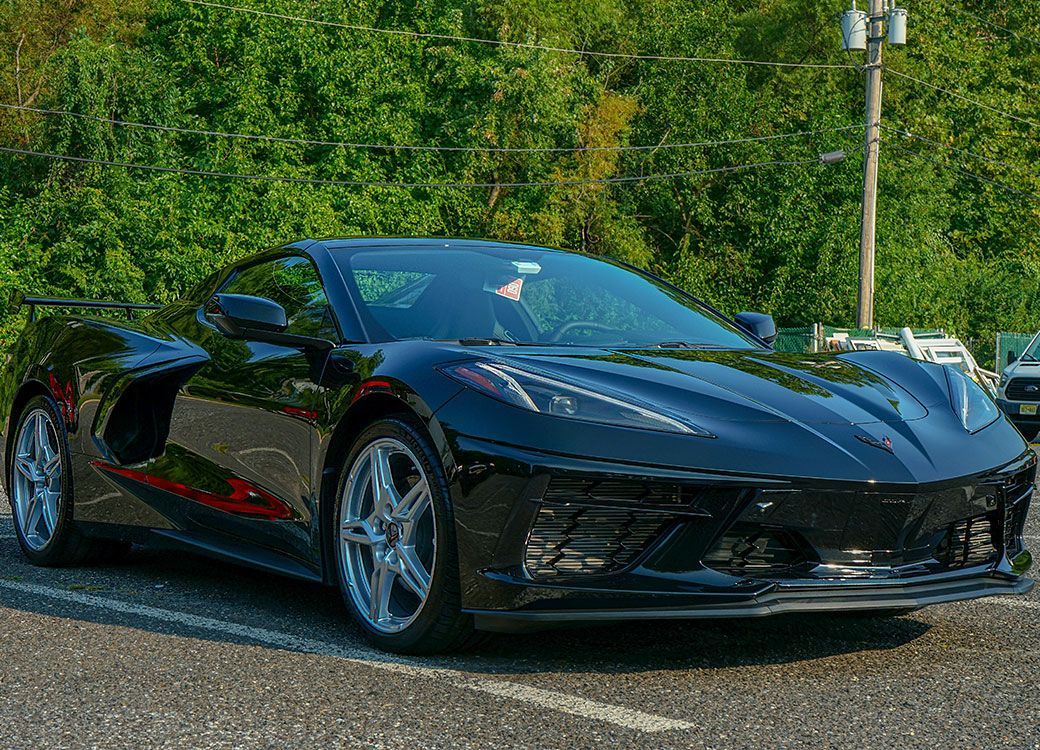
Weather Conditions and PPF Significance
When it comes to high-performance cars in Mount Laurel, NJ, the weather conditions play a significant role in the overall driving experience. From scorching summers to harsh winters, the elements can take a toll on your vehicle's appearance and paintwork. This is where paint protection film (PPF) proves its significance. PPF acts as a shield against various weather conditions, including UV radiation, extreme temperatures, and heavy rain. By providing an additional layer of protection, PPF helps preserve the integrity of your car's paint and keeps it looking pristine for longer periods of time.
PPF Protection Against Mount Laurel Road Hazards
Mount Laurel roads present their fair share of challenges when it comes to protecting your high-performance car. From loose gravel and debris to rock chips and scratches caused by everyday road hazards, these factors can leave lasting marks on your vehicle's exterior. Thankfully, a paint protection film offers robust defense against such road hazards. With its strong adhesive properties and durable construction, PPF forms a protective shield that absorbs impact from small stones or flying debris, preventing them from causing permanent damage to your car's paintwork.
By implementing PPF on your car, you can drive with confidence and peace of mind, knowing that your investment is protected against the unpredictable hazards that Mount Laurel roads can present. From potholes and construction zones to loose gravel and road salt during the winter months, PPF serves as an effective barrier, maintaining the pristine appearance of your high-performance car.
Maintenance Tips for PPF in Mount Laurel, NJ
To maximize the longevity and effectiveness of your PPF in Mount Laurel, NJ, it's crucial to follow certain maintenance practices. Firstly, avoid exposing the newly applied film to excessive heat or harsh environmental conditions immediately after installation. This allows the adhesive to properly bond with the paint surface. Regular washing is essential to remove any dirt, grime, or contaminants that may have accumulated on the film. However, be cautious while washing; use a pH-neutral car shampoo and a soft microfiber cloth or sponge to prevent scratching or damaging the film.
If you notice any scratches or imperfections on the film, consult a professional for repair or replacement. Lastly, consider parking your high-performance car in shaded areas whenever possible to minimize prolonged exposure to UV rays. This can help prevent discoloration of both the PPF and your car's paint. By following these maintenance tips and ensuring proper care for your PPF, you can enjoy long-lasting protection for your high-performance car in Mount Laurel, NJ.
Top Paint Protection Film Experts in Mount Laurel
Choose M&G Automotive Detailing as your premier destination for top-tier paint protection film expertise in Mount Laurel, NJ. With a commitment to excellence and years of industry-leading experience, we stand as the trusted choice for safeguarding your vehicle's finish against road debris, rock chips, and daily wear. Our skilled professionals employ cutting-edge techniques to ensure precise application, providing an invisible shield that preserves your car's aesthetics. Drive with confidence, knowing that M&G Automotive Detailing offers unmatched expertise and dedication to the lasting protection of your vehicle. Trust us to go beyond expectations, preserving your car's beauty for miles to come. Choose the best; choose M&G Automotive Detailing for the ultimate in paint protection film services in Mount Laurel!
